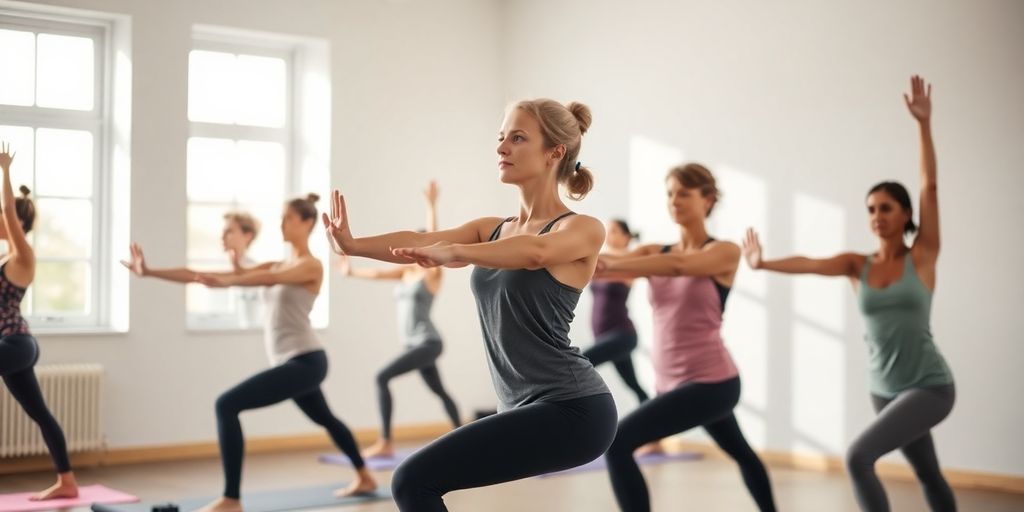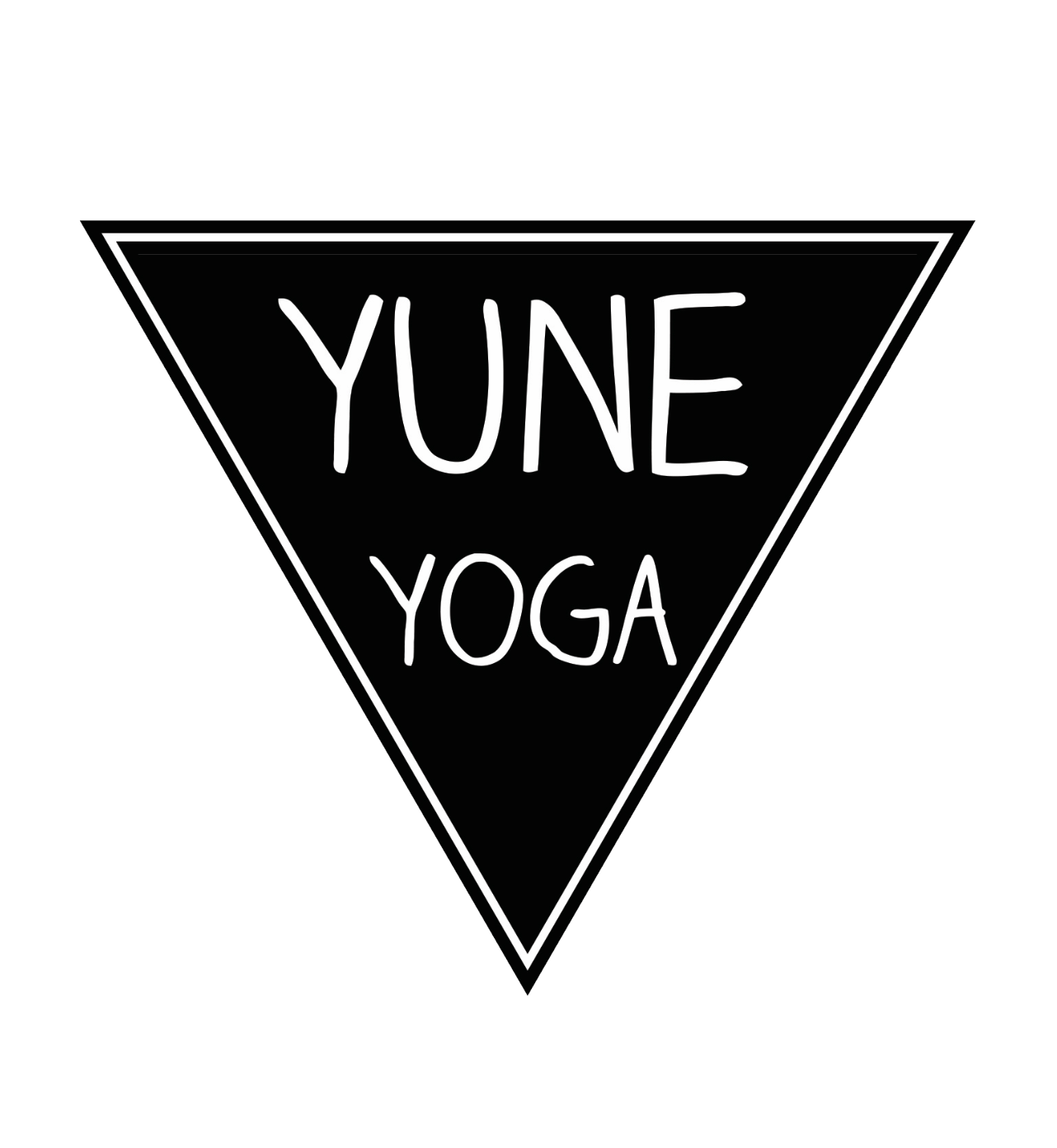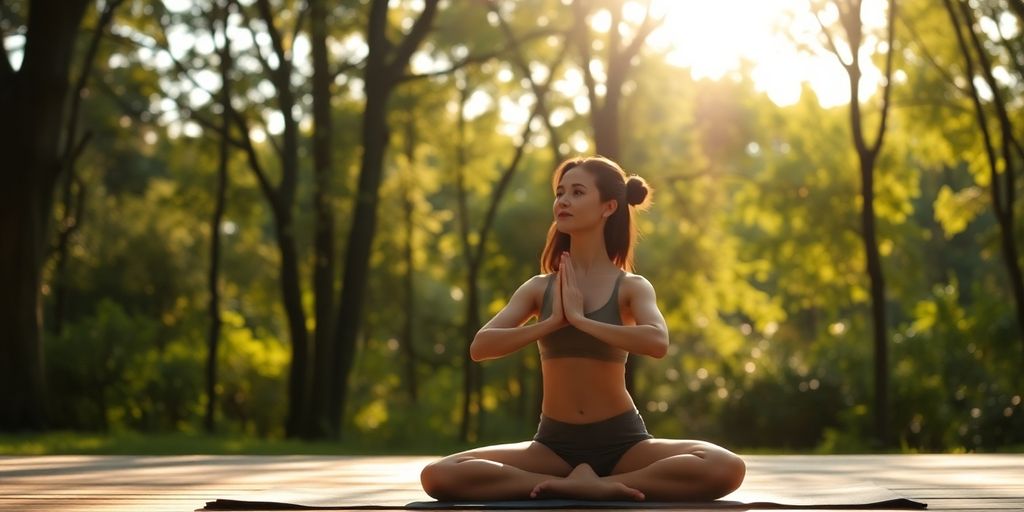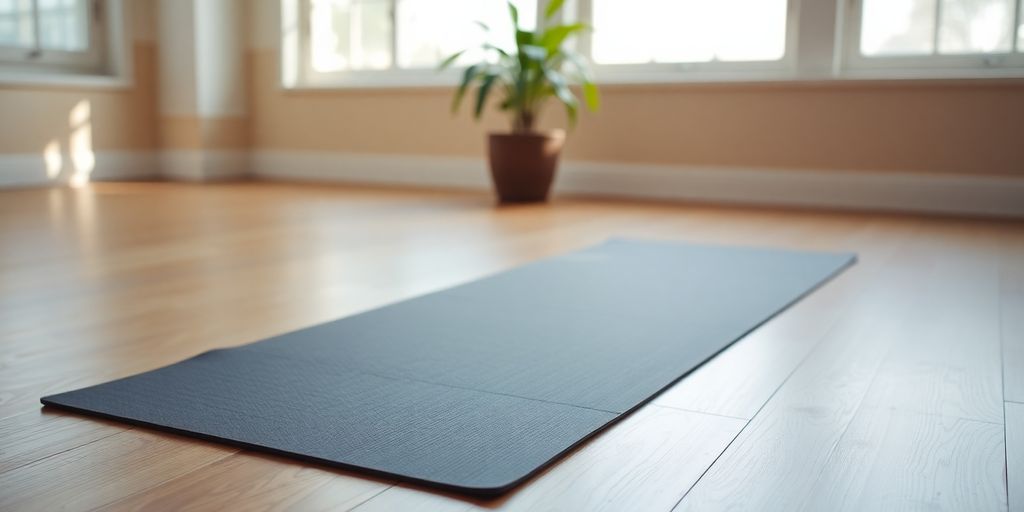
Unlocking Flexibility: The Best Hip Opening Yoga Poses for Every Level
Hip opening yoga poses are key for anyone looking to improve flexibility and relieve tension in the hips. Whether you're a beginner or an advanced practitioner, these poses can help you connect with your body, release stored emotions, and promote overall well-being. In this article, we'll explore various hip openers for every skill level, along with tips on how to incorporate them into your practice.
Key Takeaways
- Hip opening yoga poses enhance flexibility and mobility in the hips.
- These poses can help alleviate lower back pain and discomfort.
- Regular practice of hip openers can release stored emotions and stress.
- Using props can make hip opening poses more accessible and comfortable.
- Consistency in practice is essential for long-term benefits.
Understanding Hip Opening Yoga Poses
Benefits of Hip Openers
Hip opener poses help release the tension built up in your lower body and lessen the discomfort from long sitting hours. They often lead to easier movement and less stiff joints.
Some benefits include:
- Increased range of motion.
- Reduced lower back and hip pain.
- A calming effect that can ease everyday stress.
| Benefit | Effect | When to Notice |
|---|---|---|
| Flexibility Boost | More fluid movement | Within a few weeks |
| Pain Relief | Less discomfort in hips | Over time |
| Stress Reduction | A calmer feeling after practice | Consistent practice |
Common Misconceptions
One idea is that hip openers are only for people who are already very flexible or that you need to force a stretch to feel the benefit. In reality, these poses are adaptable and safe for a range of abilities. Just like how enable cookies helps overcome minor online hurdles, small adjustments can make these poses accessible for everyone.
- They don’t require extreme flexibility to start.
- They’re not just for athletes; anyone can try them.
- They support both physical ease and emotional calm without any need for harsh pushing of limits.
How to Incorporate into Practice
Starting your routine need not be overwhelming. Here’s a simple approach:
- Begin with light warm-up exercises to prepare your muscles.
- Introduce one hip opener pose at a time to let your body adjust.
- End with a cool-down routine to help muscles relax and recover.
Remember, even a short, focused session can make your hips feel better over time. Embrace a gradual approach and let your body ease into the practice.
Essential Hip Opening Poses for Beginners
Butterfly Pose
Butterfly Pose is a gentle starter for releasing hip tension. Sit with your back straight and bring the soles of your feet together. Let your knees fall to the sides, and use your elbows lightly to press the thighs for a deeper stretch. This pose helps melt away stress while opening the hips.
Consider these simple steps:
- Sit with your spine tall and relaxed.
- Draw your feet close to your groin.
- Slowly press your knees down, feeling each stretch.
Practicing the Butterfly Pose can clear the mind and help you feel more comfortable in your body. It’s a great way to ease into your yoga practice while keeping the focus on gentle, effective movement.
You might also explore more yoga tips for beginners to further improve your flexibility.
Happy Baby Pose
Happy Baby Pose is both playful and effective, inviting you to connect with a childlike sense of ease. Lie on your back, bend your knees, and hold onto the outside edges of your feet, allowing your chest to move toward your knees. This simple position not only opens the hips but lightens the mood.
A few pointers to keep in mind:
- Keep your back flat on the mat.
- Gently rock side to side for a deeper release.
- Breathe steadily to enhance relaxation.
Incorporating a link to practical yoga suggestions might be beneficial while learning this pose.
Seated Forward Bend
Seated Forward Bend reaches beyond a stretch for the hips and calves, offering a soothing end to a beginner session. In this pose, extend your legs straight out, then hinge from your hips to slowly lower your chest towards your legs. The focus is on lengthening the spine and easing into the stretch rather than forcing your body into an extreme bend.
Below is a quick table summarizing key details for each of these poses:
| Pose | Duration Suggestion | Primary Benefit |
|---|---|---|
| Butterfly Pose | 30-60 seconds | Soft release of hip tension |
| Happy Baby Pose | 30-60 seconds | Loosens the lower back & hips |
| Seated Forward Bend | 30-60 seconds | Calms the mind and elongates the spine |
Each of these poses offers its own way to start the journey into more extensive hip opening practices. They create a solid base for your practice that you can build on over time. Enjoy the process and let your body guide you at every step.
Advanced Hip Opening Techniques
When your practice feels ready for some extra challenge, advanced techniques can help you fine-tune your hip mobility. These moves are more intense than the beginner or intermediate stretches, so take them slow and listen to your body. For those working on advanced yoga poses, these techniques provide a new level of focus and movement.
Fire Log Pose
The Fire Log Pose is a deep hip opener that also stretches your outer thighs and buttocks. It requires you to stack your shins by interlacing one leg over the other. Here’s how you get into it:
- Sit with your legs extended before bending them, stacking your shins so that each knee touches the floor.
- Keep your back straight and shoulders relaxed.
- Hold the position for 30 to 60 seconds, breathing slowly through the stretch.
Remember to ease into the pose and take breaks if you feel overwhelmed.
Three-Legged Downward Dog
This variation on the classic pose not only improves your hip flexibility but also enhances your overall balance. Here’s a simple guide:
- Start in a regular Downward Dog, ensuring your hands and feet are planted firmly.
- Lift one leg slowly, keeping it straight as you extend your hip open on the lifted side.
- Hold for 20 to 40 seconds, then switch legs.
This posture may feel a bit wobbly at first, but with regular practice, your stability will improve.
Bound Angle Pose
In Bound Angle Pose, you open your hips deeply while also encouraging relaxation in your upper body. Try this method:
- Sit up straight and bring the soles of your feet together, allowing your knees to drop to the sides.
- Use your hands to gently press your knees toward the floor if you need a deeper stretch.
- Stay in the pose for 30 to 60 seconds, focusing on even, slow breaths.
A quick reference table to summarize these poses might be useful:
| Pose | Recommended Hold Time | Difficulty |
|---|---|---|
| Fire Log Pose | 30-60 seconds | Advanced |
| Three-Legged Downward Dog | 20-40 seconds | Advanced |
| Bound Angle Pose | 30-60 seconds | Advanced |
When practicing these advanced techniques, it’s key to be patient and respect your limits. Push yourself gradually, and note that consistency in your practice will help you see real improvements over time.
Creating a Balanced Hip Opening Sequence

A balanced sequence is all about evenly warming up your body, carefully moving into the deeper stretches, and finally easing your body back into a state of calm. This structured flow helps prevent strain and keeps you feeling good after your practice.
Warm-Up Poses
Start with gentle moves that lift your heart rate just a little and prepare your hips for more engaging stretches. Begin with a few easy movements:
- Pelvic tilts to gently mobilize the lower back and hip joints
- Light dynamic lunges to warm up the leg muscles
- Hip circles to slowly rotate and loosen tight muscles
It can be helpful to keep the pace slow. For a hint at best practices in safety and performance, check out Cloudflare safety.
Main Sequence
Once your body feels ready, move to the main part of your routine. This is where you hold a few deeper poses to really engage the hip muscles. This sequence primes the hips for a gentle yet productive stretch session. Below is a simple table outlining a suggested routine:
| Pose | Duration |
|---|---|
| Butterfly Pose | 30 sec |
| Pigeon Pose | 45 sec |
| Lizard Pose | 45 sec |
Stick to a pace that works for you, and if something feels off, adjust the hold times as needed.
Cool Down and Stretch
After the main part, cool your muscles with relaxed poses that allow the joints to settle and reduce any tension from the session. Consider these moves:
- Seated forward bend
- Reclining twist
- Gentle supine hip rotations
Cooling down helps your muscles adjust to a relaxed state, reducing any lingering tension and preparing you for a calm rest of your day.
Following this sequence ensures you finish with a comfortable feeling in your hips and a mind that's ready to move on with the day.
Tips for Effective Hip Opening Practice
Listen to Your Body
When you work on opening your hips, it’s important to pay attention to what your body is saying. If something doesn’t feel right—as in a sharp pain or discomfort—pause and adjust the movement. Here are some simple points to remember:
- Slow down and ease into each pose.
- Notice any tight spots or pain signals.
- Modify or take breaks as needed.
For instance, sometimes a slight adjustment can make a world of difference. Always trust your body’s feedback before pushing further. In moments of uncertainty, you might want to check out hip safety tips for a quick reminder on what to look out for.
Use Props for Support
Using props can really help if you’re finding some poses too challenging. They act as extra support while you gradually work toward a deeper stretch. Consider these ideas:
- Use yoga blocks to shorten the distance in poses like forward bends.
- Try a strap if your hands can’t easily reach your feet.
- Sit on a cushion or folded blanket for extra height during seated stretches.
These small adjustments can help you maintain proper form and reduce strain on your muscles.
Stay Consistent
Regular practice is key to making progress with hip openers. Setting aside a little time daily or every other day can lead to real changes over time. Try to keep these steps in mind:
- Set a specific time for your practice to build a routine.
- Gradually increase how long you hold each position as your flexibility improves.
- Keep a simple log of any changes in how your hips feel after practice.
Stick with your routine, even on days when progress seems slow. Over time, regular practice will bring noticeable results.
Below is a quick sample routine table you might consider for a balanced practice session:
| Practice Element | Timing |
|---|---|
| Warm-Up | 5 minutes |
| Main Sequence | 20 minutes |
| Cool Down | 5 minutes |
Use these tips to refine your routine, and remember that small adjustments can lead to big improvements over time.
Exploring the Emotional Benefits of Hip Openers

Hip openers aren't just about stretching muscles—they often help clear out built-up feelings that can weigh you down. When you gently move through these poses, it's like opening a door to let some of those hidden emotions escape. In fact, holding these positions, much like emotional healing, can offer a surprising sense of relief.
Releasing Stored Emotions
Hip openers can help free trapped emotions, turning tension into relief. Sometimes, our bodies store stress and grief in areas like the hips. When you practice these poses, you provide a safe space for those feelings to come out. Here are a few ways this process works:
- Deep, slow breaths encourage muscle relaxation.
- Gentle pressure on the hip area can prompt emotional release.
- Consistent practice helps to smooth out long-held tensions.
Taking the time to work through these emotions can feel like a small breakthrough that cleans up more than just physical stiffness.
Enhancing Creativity
Opening your hips not only eases physical tension but also seems to spark a flow of creative thoughts. A lighter body can lead to a lighter mind, where ideas surface more freely. Many notice that making time for these moves on their mat leaves them feeling more imaginative when tackling daily tasks. Some benefits include:
- A relaxed body setting a calm stage for fresh ideas.
- More mental space as stress diminishes, letting creativity flow.
- An overall sense of openness that carries into everyday problems.
Improving Overall Well-Being
When you clear both body and mind, it can improve how you feel overall. Regularly working on hip openers may help in reducing aches and even improve mood. Consider this simple table, which outlines a few key improvements you might notice:
| Aspect | Benefit |
|---|---|
| Physical Relief | Reduced tension and smoother movement |
| Mental Clarity | A calm mind with less built-up stress |
| Emotional Balance | A more steady mood day-to-day |
Engaging with these poses consistently can promote an overall sense of calm and balance. The act of stretching out those tight muscles brings about a feeling of renewal that touches more than just your physical self.
Final Thoughts on Hip Opening Yoga Poses
In conclusion, incorporating hip opening yoga poses into your routine can really make a difference. Whether you're a beginner or more experienced, these stretches help ease tension and improve flexibility. Remember, it’s all about listening to your body and moving at your own pace. With regular practice, you might find that your hips feel more open and your overall mobility improves. So, roll out your mat, take a deep breath, and enjoy the journey to more flexible hips.
Frequently Asked Questions
What are hip opening yoga poses?
Hip opening yoga poses are stretches and exercises that help loosen the muscles and joints around your hips. They can make your hips more flexible and reduce tightness.
How do hip openers benefit me?
These poses can increase your flexibility, reduce pain in your lower back, and help you feel more relaxed. They also help with better movement in your daily activities.
Can anyone practice hip opening poses?
Yes! Hip opening poses can be done by beginners and advanced yogis. Just remember to listen to your body and not push too hard.
How often should I do hip opening exercises?
It's good to practice hip openers a few times a week. Regular practice can lead to better flexibility and comfort.
What if I feel pain while doing these poses?
If you feel pain, stop immediately. It's important to listen to your body and avoid pushing through discomfort. You can also use props for support.
Can hip openers help with emotional release?
Yes! Many people find that hip openers help release emotions stored in the hips, making them feel lighter and more relaxed.


